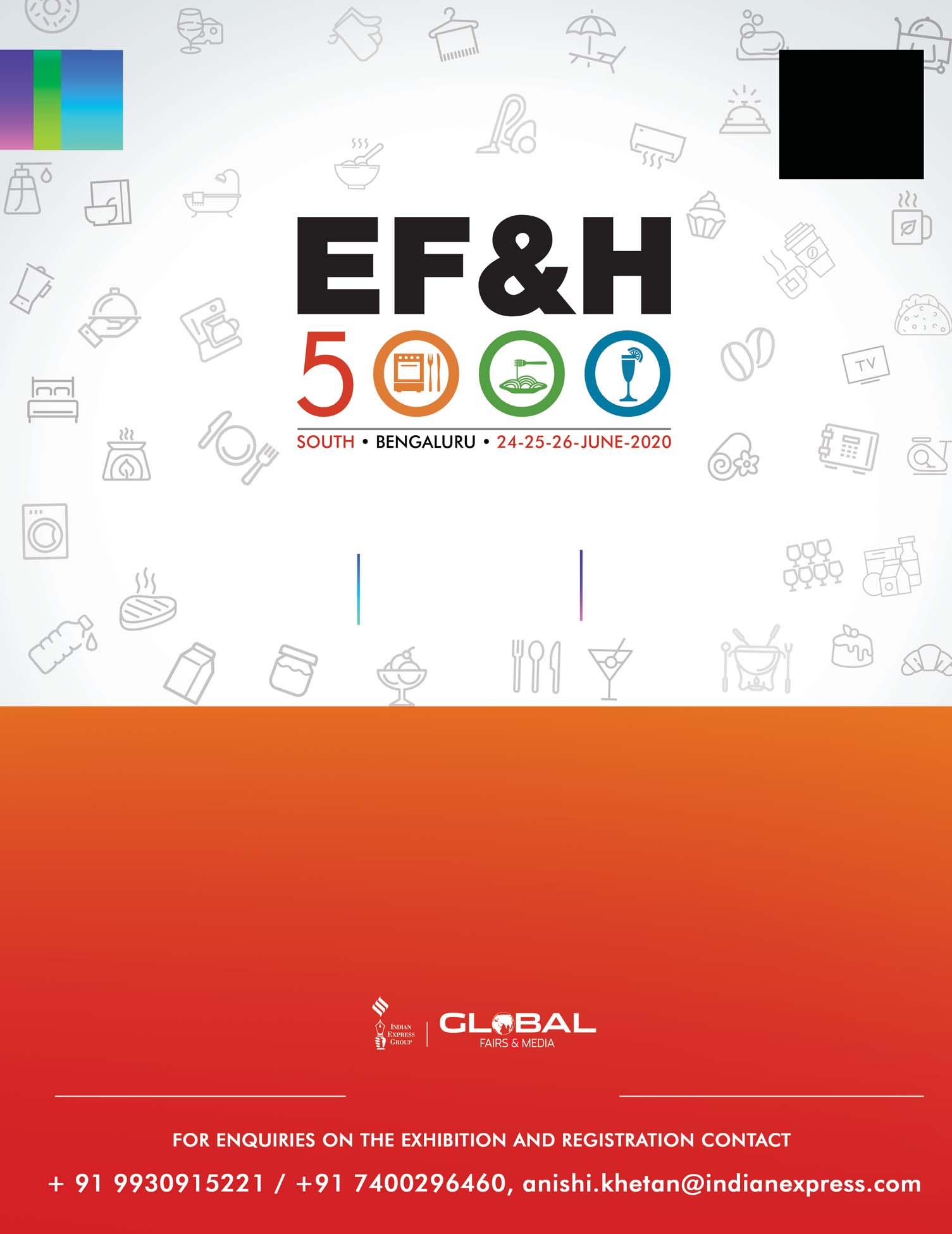
21 minute read
CANADIAN MAPLE SYRUP HAS EVOLVED TO MORE VALUE ADDED PRODUCTS
EF&H Mumbai
CANADA produces 76 per cent of the world's maple syrup. With forests brimming with majestic red, black and sugar maples, the country has just the right mix of cold spring nights and warm daytime temperatures to produce an abundance of the clear-coloured sap used to make maple syrup.
Although delicious and sweet on its own, Canadian maple syrup has evolved beyond the traditional pancake and waffle markets and can now be found in value-added products as a natural flavouring. The industry continues to innovate by introducing fruitflavoured maple syrups, maple syrup and liqueur blends, organic products and leadingedge packaging.
Canada's maple syrup producing regions are located in the provinces of Quebec, Ontario, New Brunswick and Nova Scotia. Maple syrup has long been part of Canada's cultural fabric. The country's Aboriginal peoples taught the early settlers how to harvest sap and boil it to make maple syrup. Maple sugar was the first kind of sugar produced in eastern North America and remained the standard sweetener until 1875, when cane sugar became available.
Now enjoyed in 58 countries around the world, Canadian maple syrup products range from traditional maple syrup to
maple sugar, maple butter, maple candy and a full range of products containing maple syrup, such as cereals, yoghurts and more.
Between January and July 2019, world exports of Canadian maple syrup had already reached Can$ 240.4 million, of which Can$ 209.6 million went to five main markets – USA, UK, Japan, Germany and Australia.
As maple trees grow, they accumulate starch, which converts into sugar during the spring thaw and mixes with the water absorbed through tree roots. Maple sap contains about 97 per cent water, plus minerals, organic acids and maple taste precursors. It takes 40 litres of sap to make one litre of syrup.
Canada's maple syrup producers take great care to ensure the long term survival of their maple sugar bushes. They collect only enough sap for one to 1.5 litres of syrup from each tree - or less than one-tenth of the tree's sugar. Collecting too much sap would rob trees of nourishment. Canada's producers are committed to safeguarding the health and longevity of their trees.
Historically, sap was collected in buckets and then poured into a large gathering tank that was pulled by a team of horses or a tractor to the evaporator house. In the early 1970s, the industry was reborn when scientists developed new gathering and production methods. Today, producers use tubing systems, reverse osmosis and high-performance evaporators, all of which have made the industry significantly more efficient. In fact, Canada boasts some of the most innovative systems in maple production in the world.
The safety and quality of Canadian maple syrup is monitored by the Canadian Food Inspection Agency (CFIA), which ensures producers meet high federal standards. The CFIA is also responsible for the federal classification of maple syrup within the following categories: * Canada No. 1 (extra light, light, medium) * Canada No. 2 (amber) * Canada No. 3 (dark)

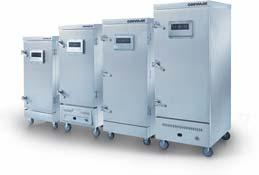
Installing low-flow faucets or spray valves, historically meant low-pressure and lowperformance. But the truth is that you shouldn’t feel a loss of cleanability or spray force with low-flow water accessories. In an interview, Rajesh Chowdhury, head of business development - India and the subcontinent, T&S Brass, explains how it can be surprisingly easy for businesses to go green and function efficiently, particularly if you’re using T&S products with the latest technology
What exactly is low flow? The first thing to understand is that low-flow doesn’t mean low efficiency or productivity. Low-flow faucets and components use less water per minute than older models so you’re able to use less water to perform everyday tasks like cleaning. On pre-rinse units, a highly designed spray valve creates the same or better cleaning force (equal or better cleanability or cleaning efficiency) while using less water than other, less efficient models. They create the same water force as older models but use less water. And it’s backed up by testing. Having the same water force means the dried- and cakedon food on your plates, pots and pans will be rinsed off better and with less scrubbing - and less water.
For faucets, using aerators to restrict the amount of water that is used for frequent activities can save significant amounts of water over time. For example, low-flow handwash sinks can save up to a gallon of water per wash.

Why should hotels switch to low-flow faucets?
The decision to switch to a low-flow faucet depends on the type of usage. For a faucet that’s used to fill pots and pans, a higher flow rate may actually be a better choice since the amount of water used will be the same. It would simply take more time to fill the pot at a lower flow rate. But for a sink that’s used for handwashing, Rajesh Chowdhury
rinsing produce or similar tasks, a flow rate of 20 l/min is excessive and wasteful.
Measuring your current flow rate is critical to understanding and calculating how much can be saved by switching to low-flow devices. Here’s how to do it in four easy steps:
1. Place a bucket - marked in gallon or litre increments - under your faucet.
2. Turn on the faucet at the normal water pressure you use.
3. Time how many seconds it takes to fill the bucket to the one-gallon (3.8 litre) mark.
4. If it takes less than 20 seconds to reach the one-gallon mark, you could benefit from a low-flow faucet from T&S.
Does it require a lot of investment to change to low-flow?
Once you’ve determined a need for a low-flow faucet, making the change is easy. You will not need to replace the entire faucet, which keeps the cost for retrofitting with low-flow devices down. To reduce the water flow of a faucet, simply install a T&S aerator at the end of the nozzle. This inexpensive and quick update can save enough water (and corresponding energy and sewer costs) to pay for itself in a matter of days.
Going low-flow doesn’t mean giving up performance, and being conscious of the water you use is the right choice to make. T&S’ lowflow products such as spray valves, aerators, metering cartridges and electronic sensor faucets can yield particularly large savings for years to come - all for a relatively small upfront investment.
Government of Odisha approves tea blending and packaging facility, hotel projects
EF&H Staff Mumbai
THE GOVERNMENT of Odisha has approved eight more investment proposals worth Rs 1,649.49 crore at the 89th State Level Single Window Clearance Authority (SLSWCA) meeting. The meeting was held under the chairmanship of chief secretary Asit Kumar Tripathy in Lok Seva Bhawan conference hall recently wherein Hemant Sharma, commissioner-cum-secretary, Industries outlined the project proposals for consideration. These proposals will create employment opportunities for 1450 people. The projects were approved in food processing, chemicals, plastics, tourism, steel downstream and infrastructure.
The SLSWCA approved the proposal of Tata Global Beverages, to set up a tea blending and packaging facility with annual capacity of 36,000 metric tons, at a total investment of Rs 83.53 crore providing employment to about 294 people.
In the tourism sector, a project by Apeejay Surrendra Park Hotels for expansion of its 5-star hotel with an investment of Rs 150 crore, has been approved which will provide employment for 150 people and another proposal by Kamat Hotels India for expansion of its 5-star hotel, with an investment of Rs 52 crore has also been approved and it will provide an additional employment to around 160 people.
Food safety a key topic at Atithi Devo Bhava Ahmedabad
Akshay Nayak Ahmedabad
EXPRESS FOOD & HOSPITALITY’S “Atithi Devo Bhava Confex Series” in its second edition marked the participation of hospitality stalwarts of Gujarat state coming together to share their invaluable views about the booming HoReCa sector in the city of Ahmedabad. The event was graced by keynote speaker Dipika Chauhan, deputy commissioner, Food and Drug Control Administration (FDCA) - Gujarat who gave a presentation on the state government's efforts to monitor the quality and standard of food safety and handling in the foodservice industry in the state. “Regulated by FSSAI at the central level, we as regulators at the state level bring into action both enforcement and opportunities for the food handling businesses. At FDCA Gujarat, we aim to safeguard public health. As an industry, we as authorities along with

the businesses sail in the same boat. In the food sector, with the Food Safety and Standard Act 2006 coming into force from August 5, 2011, Gujarat was the first state in the country to reduce the age-old PFA cases - wherein irrespective of the intentionality of food adulteration, everybody was dragged to the court of law. Gujarat was the first state in the country to move over 35000 cases from the High Court to lower courts. With the payment of a penalty issued, the
resolution became streamlined and fast.” She added, “Also, as we all love to savour street food but subconsciously a feeling of precaution of the poor food handling by street vendors is present in the back of the mind. Hence, we at FDCA Gujarat recognised and awarded certificates to the street vendors who followed food safety and handling with utmost diligence keeping the public health in focus. This, in turn, led to more vendors seeking training programmes in hygienic food handling, which we offered to them and hence a clean street food hub was presented to the masses. Out of the country's 15 clean street food hubs, Gujarat has nine of them.”
Chauhan concluded, “I do not say only enforcement of regulatory actions can improve the quality of production, but the increasing competition has kept people on their toes now to offer only good quality right from ambience to food. We as regulators do not intend to swindle money from the industry, but our efforts are to increase the quality of the product and service day by day. We saw it as a pattern that many international visitors stayed only at branded hotels and consumed food there. We encouraged them to have food from the streets vouching on the safety measures that the street food vendors were taking. They too appreciated this initiative.”
Expert speakers
Speaking on Indianising the Hospitality Experience in India, our plenary speaker Param Kannampilly, CMD, The Fern Hotels & Resorts, said, “India has traditionally welcomed people with Atithi Devo Bhava. India's hospitality scenario reflects that of the country's ancient way of greeting the guests by treating them like God. However, it is not made an everyday habit in our day to day operations. It happens out of a chance rather than a systematic decision to make it happen. In the hospitality industry, be it hotels or restaurants, a guest is not bound to get angry at the staff, but it only happens for some misbehaviour or unexpected body language that provokes a guest to think that they are not getting what they are paying for and decide to take it up with the seniors. Here, the onus of responsibility of the brand image is on the junior staff, be it the restaurant waiter or front desk manager. For them the job is important but dignity has a value too.” He felt that this is where the role of the supervisor comes into play, for they are at the helm to train and educate the staff to counter situations in a calm and composed manner. “The industry needs supervisory level of staff who are enablers and enable their juniors to completely take care of what is required and plan for the future course of action. If this happens it will be much smoother. Unfortunately, it is easier said than done. I hope people will put it into practice,” he opined.
Making a presentation on OTAs v/s Hotels: Need for a Level Playing Field, Nirav Gandhi, jt. hon. secretary, HRAWI and executive committee, FHRAI, observed that the hotel association’s voice against predatory discounting pattern followed by OTAs has been considered by the Competitions Commission of India, for which decisions favouring the hoteliers would soon be taken.
Speaking on the increasing potential for hospitality business in tier II and III cities in India, Kunal Katoch, VP - Operations, Sayaji Hotels observed that as most of tier-I cities are pretty well developed and with many players already present there, tier II and III cities are the next big hotbeds for hospitality companies. “Sayaji Hotels predominantly started with tier II and III markets and we can proudly say that we as a company still believe in these markets as they are the ones from where we have seen most of the return on investments. The four major points that have increased more and more national and international brands to explore these markets, of which first remains the growing affinity towards brands; followed by business enhancement in these markets; capital investments v/s the return on investments, and lastly the low operating costs. The tier II markets have been popular for the past 5-10 years. When it comes to brand affinity, the dy
March 2020 At the GMs Conclave (L to R): Umesh Tiwari, VP - Operations, Royal Orchid Hotels; Ridul Deka, GM, Novotel Ahmedabad & Residences; Niraj Kumar Sinha, GM, The Grand Bhagwati Ahmedabad; Ajit Singh, GM, Lemon Tree Premier The Atrium Ahmedabad; Rakesh Dogra, GM, The Fern, Ahmedabad; Rachit Goel, GM, Fairfield by Marriott Ahmedabad and Nagendra Singh Rathore, GM, Fortune Inn Haveli Gandhinagar
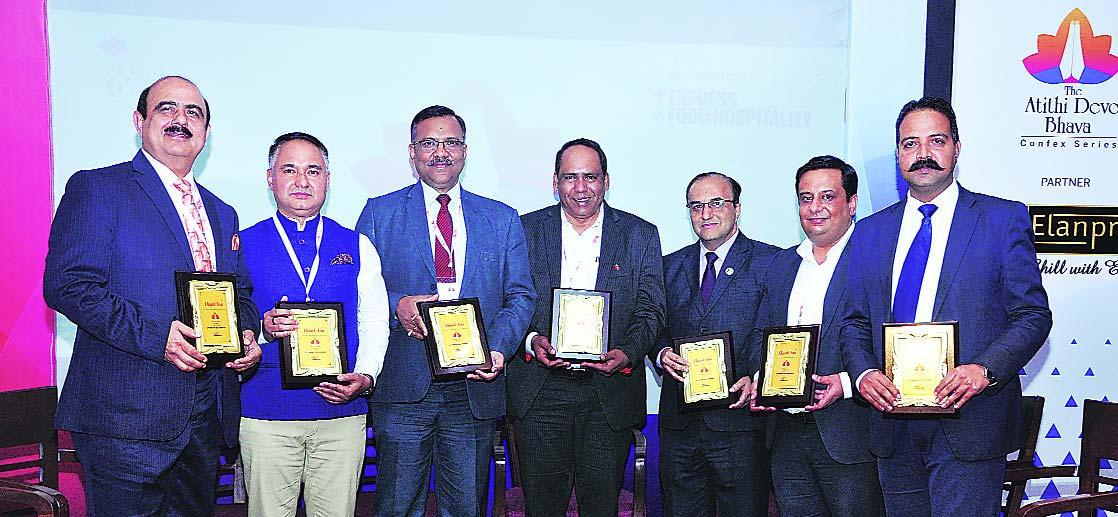
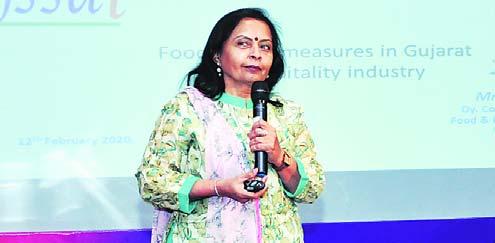
Dipika Chauhan
namics in tier II markets are slightly different as compared to that of tier I markets. The former vouches for more on F&B offerings than keeping the asset room-heavy, which isn't the case with tier I cities. The growth rate and sustainability grounds for corporates in the new markets are showing up. To give an example, we have our hotel in Indore. Indore in 2011 was sitting at a population of 31 lakhs, whereas presently it is seeing seven million population. That is the sort of catchment that is increasing in these markets. Irrespective of hotels or retail outlets, in the smaller markets these players, have larger horizons to tap,” he explained.
GMs Conclave
The event also saw the presence of general managers of leading hotels in Ahmedabad participating in a GMs Conclave panel discussion on the hospitality dynamics in the city. Panelists included Umesh Tiwari, VP - Operations, Royal Orchid Hotels; Ridul Deka, GM, Novotel Ahmedabad & Residences; Niraj Kumar Sinha, GM, The Grand Bhagwati Ahmedabad; Ajit Singh, GM, Lemon Tree PreParam Kannampilly
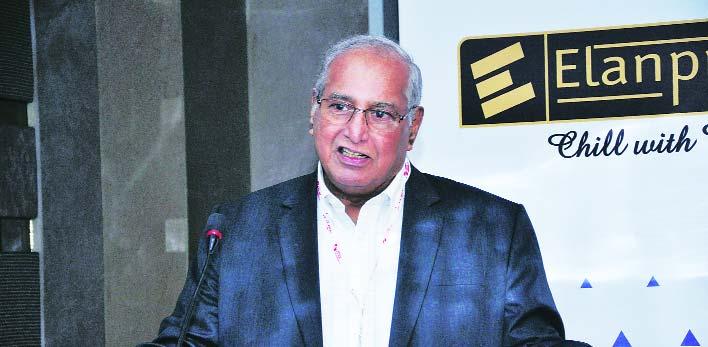
Nirav Gandhi
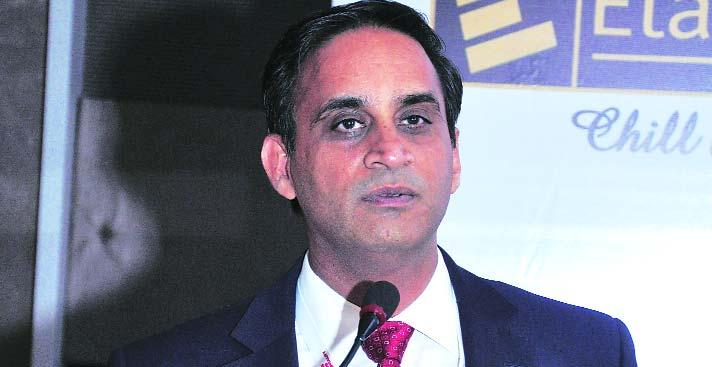

Kunal Katoch
mier The Atrium Ahmedabad; Rakesh Dogra, GM, The Fern, Ahmedabad; Rachit Goel, GM, Fairfield by Marriott Ahmedabad and Nagendra Singh Rathore, GM, Fortune Inn Haveli Gandhinagar.
The panelists were quite positive about Ahmedabad as a booming market for both international and homegrown hospitality brands. According to Deka, “The last ten years have been phenomenal for the hotel industry in Ahmedabad. The government is trade-friendly and provides the great infrastructure needed for the industry at large. Also, many other brands both international and domestic are present here in the city, which shows that there is demand in the market.”
Dogra remarked that Gujarat in itself is a developed state in the country. “Likewise, it is not a surprise that the demand and supply of rooms have been growing exponentially in Ahmedabad. The scale of events has been increasing too which has prompted more and more hotel brands to come in. We are the first World Heritage City in the country, hence more and more tourists are pouring in. Also, the other attractions are easily connected to the city,” he said.
“With Leela, Taj and ITC coming here, and so many developments happening within the city like the opening of Statue of Unity in the last year and the upcoming visit of Donald Trump to the city, all this shows that the hospitality industry in Ahmedabad will only keep growing in the years to come,” noted Goel. Sinha felt that though there
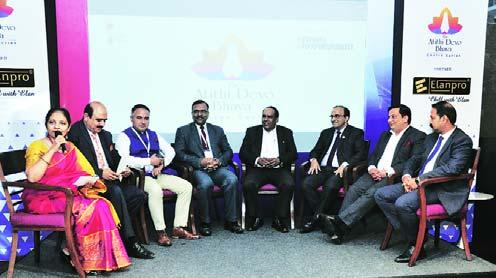
is a significant increase in international hotel brands, there is a fair share of business for all the homegrown as well as local players. “Every brand plays an important role in the location. Demand varies from patron to patron, as some might prefer staying in homegrown/ local hotels, hence ensuring a fair share of the pie for everybody.”
Tiwari pointed out that the city is attracting a lot of investments. “In 2011, the city saw 1348 room nights, whereas today we are sitting at 3348 room nights. That showcases the increasing potential of Ahmedabad as a destination.” It is not just Ahmedabad, but the adjoining cities too that are seeing growth, highlighted Rathore. “Vadodara, Rajkot and other cities are also picking up with many hotel brands there. investors are coming from all over to invest in these cities,” he added.
Ahmedabad is not just popular as a business destination but also attracts a lot of the leisure traveller segment, Singh voiced. “The leisure traveller market in the city has grown up to 30-35 per cent. We do get travellers coming to explore the city and its attractions. Ahmedabad is a stopover destination for both international and domestic clients. Also, Ahmedabad attracts domestic travellers from down south to patrons from the east and extreme north too,” he added.
The panelists unanimously agreed that 2019 was sluggish for them. However, , they were positive about the future timeline.
The partners for the event were Elanpro and Oriqa.
Ahmedabad |Amritsar | Morbi | Jamnagar |Nathdwara | Goa | Ankleshwar | Bengaluru | Bhavnagar | Chotila | Dahej | Dwarka | Gandhidham | Gir | Jaipur | Jammu | Jodhpur | Porbandar | Rajula | Saputara | Shirdi | Somnath | Surat | Vadodara Toll Free Reservation : 1800 103 8298 | follow us on: Kurnool | Bharuch | Rajkot - Aarya Club | Udaipur | Rajkot - Garden Inn | Rajkot - Shapar Lucknow | Vyara | Jamnagar - Apple Gate | Vrindavan | Muduba-Shimoga | Rajkot - Mahadev Chokdi | Lonavala Internationally At: Birgunj-Nepal | Kathmandu-Nepal | Nepalganj-Nepal

iComfort mattress by Serta

SERTA, the pioneers in sleep comfort products and the number one mattress brand in the United States has launched its newest iComfort mattress collections in India – “Cool Solace” and “Cool Sense”. Every iComfort mattress features Serta’s Cool Action Gel, an advanced material infused with millions of gel beads that responds to the body's individual needs for comfort, support, durability and temperature regulation. Heat build-up during the night can cause uncomfortable and restless sleep.
India’s first wildlife wine Kadu by Sula Vineyards
SULA VINEYARDS, India’s largest and most awarded wine brand brings Kadu–‘India’s first wildlife wine to Maharashtra. Kadu is India’s first wine for a cause, is dedicated to supporting tiger conservation in the country. As one of the most sustainable wineries in the world; the brand brings this ‘cause worthy’ wine to Maharashtra. Karan Vasani, senior VP & chief winemaker, Sula Vineyards crafted Kadu from the choicest premium wine grapes to produce beautiful easy drinking varietals. Offered in 3 roaring options –the Kadu Chenin Blanc has notes classifying as slightly sweet, floral and fruity, while those preferring lush, medium bodied and peppery notes with subtle oak can opt for the Kadu Cabernet Shiraz. Kadu Shiraz Rosé, an absolute favourite, is light, fruity and full of luscious berry flavours.
Clocks by Hermle
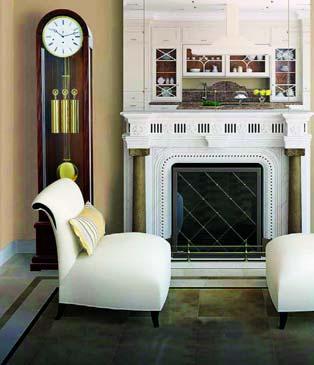
HERMLE CLOCKS, the 96-year-old German familyowned clockmaker, has launched its range of clocks in India. Hermle means precision German engineering and all the clocks are hand-crafted. The Iconic German clockmaker Hermle has entered the Indian market with a range of exclusive table clocks, wall clocks, regulators, masterpiece, floor clocks, ship clocks, mantle pieces, and Tellurium.
New range of nutrition products by Myprotein
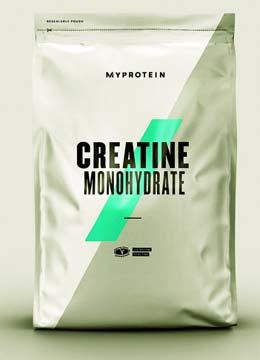
Myprotein, Europe’s leading sports and nutrition brand, recently launched range of new nutrition products including Essential Omega 3 supplement, Orange Flavored Creatine Monohydrate, Pre-workout blend – Peach Ice Tea and Myprotein Impact EAA. Omega3 is an essential fatty acid that supports heart health. Creatine Monohydrate is a scientifically proven supplement which increases one’s physical performance by improving strength and power. Pre-workout peach flavoured Ice Tea blend gives the healthy caffeine kick one needs to energise and start their day. Myprotein Impact EAA gives the ideal blend of essential amino acids for muscle development.
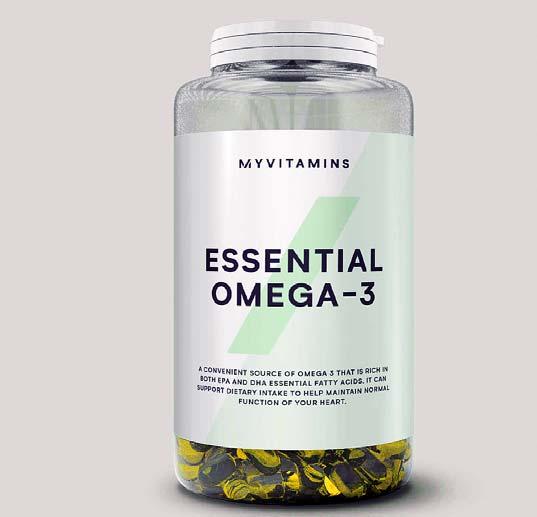
The Fern Residency, Sarnath
The Fern Hotels & Resorts has opened The Fern Residency Sarnath in Uttar Pradesh. This is the second hotel which the company is managing in UP. The company also manages Howard Plaza The Fern in Agra. The Fern Residency, Sarnath is a 44-room hotel situated close to Lord Buddha’s sermon site. It offers contemporary rooms in three categories viz. Winter Green, Fern Club and Hazel Suite. All the rooms are equipped with the modern facilities such as high speed wi-fi internet, LED television, complimentary bottled drinking water in-room, complimentary in-room tea & coffee facility, digital in-room safe, etc. The rooms are also fitted with eco-friendly room lighting besides having eco-friendly bathroom amenities.
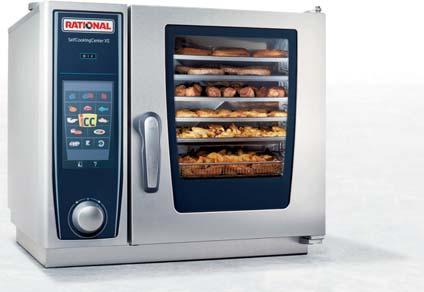

Veeksar The Fern, Kolhapur
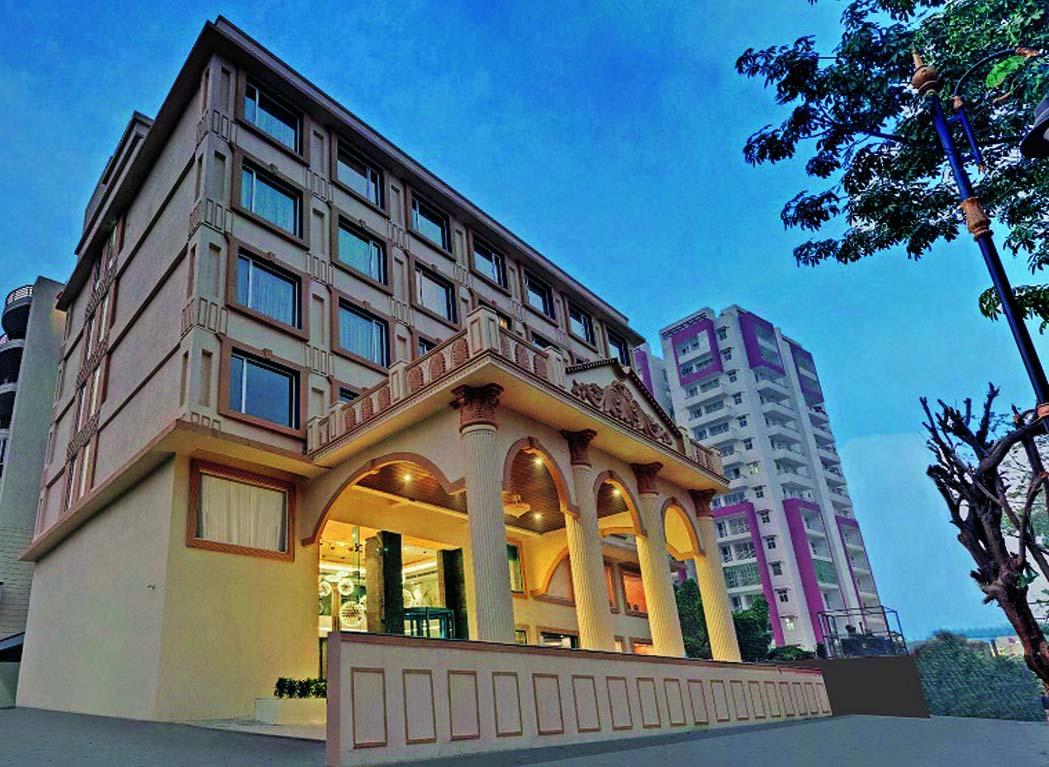
The Fern Hotels & Resorts has opened Veeksar The Fern, Kolhapur in Maharashtra. This is the 13th hotel which the company is managing in the Maharashtra. Overall with the opening of Kolhapur property, the company’s count has extended to 72 hotels across the country and Nepal. Veeksar The Fern, Kolhapur is an upscale 97 room hotel offering a finely designed coffee shop, a multi cuisine restaurant, rooftop resto-bar, swimming pool and state-ofart banquet halls. The hotel is situated in the heart of the city, with easy access to the major sightseeing attractions in town and to public transport.

SelfCookingCenter ® XS. It‘s simple to use, saves a lot of time and requires minimal space.
Discover SelfCookingCenter ® live in action.
Find out more: rational-online.com +91-124-483-9333
Sky Greens, Sayaji Hotel Kolhapur
Sayaji Hotel Kolhapur celebrated the commencement of Sky Greens, an all-new premium event space for social and corporate events on February 1, 2020. Located in the heart of the city, Sky Greens by Sayaji Hotel Kolhapur brings a rare combination of high-quality, designer banqueting experience under one roof. Sky Greens promises to provide grandeur for all customised services that will redefine the standards of celebration for everyone. The occasion was graced by the crème de la crème of Maharashtra. Sky Greens can house up to 120 guests at a time and is spread over 3000 square feet built-up area includes and climate-controlled glass gazebo. The rooftop terrace space at Sayaji Hotel Kolhapur has been created as a premium banquet space overlooking the horizon of the city at the 8th Floor level.
Hyatt Regency Thrissur
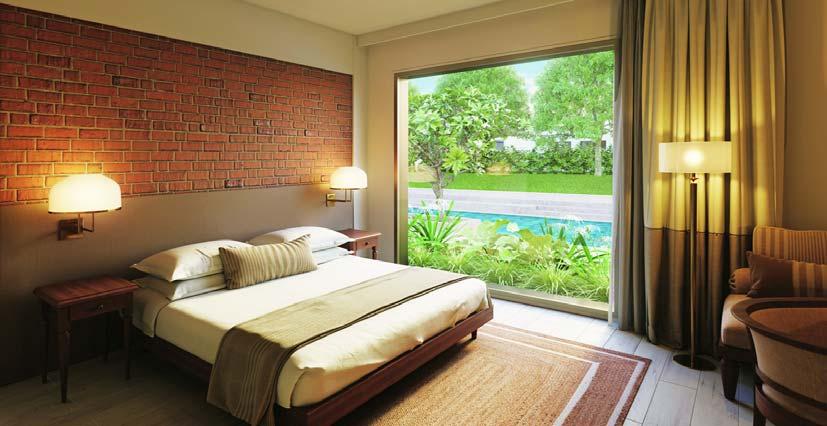
Hyatt Hotels Corporation recently opened Hyatt Regency Thrissur in the cultural capital of Kerala, India. With 77 well-appointed guestrooms, this contemporary hotel aims to bring the Hyatt Regency brand’s signature hospitality to business and leisure guests travelling to the region. The hotel marks the continued growth of the Hyatt Regency brand in India and joins more than 195 hotels under the brand, including 12 locations across the country.
Marasa Sarovar Premiere, Bodh Gaya
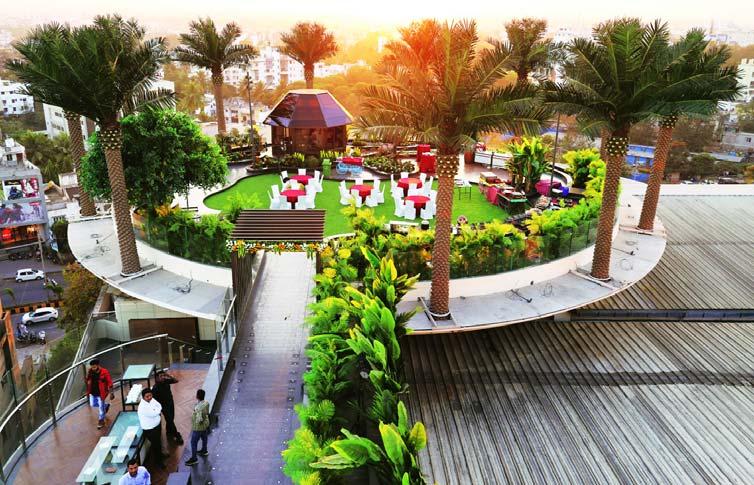
Sarovar’s first Hotel in Bihar, Marasa Sarovar Premiere has recently opened. Marasa Sarovar Premiere is Bodh Gaya’s first and only thematic design hotel inspired by the five wisdoms of the Buddha - Abhaya, Dharmachakra, Varada, Dhyana and Bhumisparsha. This is Sarovar’s 86th hotel, which is in line with the company's aim of operating 100 hotels by 2020. Located on the bank of the river Falgu, the architectural style of the entire hotel draws inspiration from the historical presence of Buddhist structures in the area – the Mahabodhi Temple, the Buddhist Monasteries and the Stupas.









